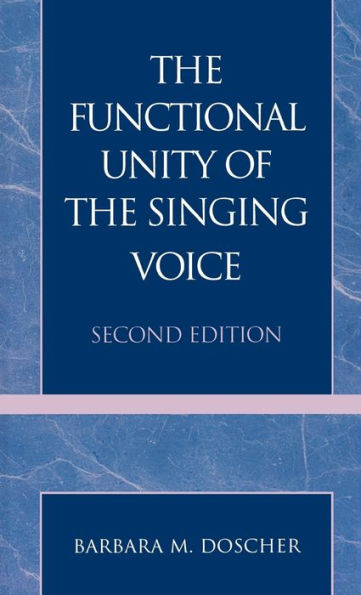5
1
9780810827080



The Functional Unity of the Singing Voice / Edition 2 available in Hardcover

The Functional Unity of the Singing Voice / Edition 2
- ISBN-10:
- 0810827085
- ISBN-13:
- 9780810827080
- Pub. Date:
- 12/01/1993
- Publisher:
- Rowman & Littlefield Publishers, Inc.
- ISBN-10:
- 0810827085
- ISBN-13:
- 9780810827080
- Pub. Date:
- 12/01/1993
- Publisher:
- Rowman & Littlefield Publishers, Inc.

The Functional Unity of the Singing Voice / Edition 2
$92.0
Current price is , Original price is $92.0. You
92.0
In Stock

Product Details
| ISBN-13: | 9780810827080 |
|---|---|
| Publisher: | Rowman & Littlefield Publishers, Inc. |
| Publication date: | 12/01/1993 |
| Edition description: | Second Edition |
| Pages: | 352 |
| Product dimensions: | 5.80(w) x 8.94(h) x 1.06(d) |
About the Author
From the B&N Reads Blog

